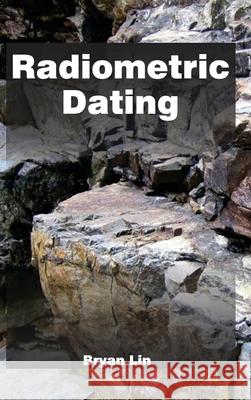Radiometric Dating » książka
Radiometric Dating
ISBN-13: 9781632383860 / Angielski / Twarda / 2015 / 138 str.
Radiometric dating is described as a technique of dating geological specimens by determining the relative proportions of specific radioactive isotopes present in a sample. This book delves into a multitude of subjects pertaining to radiometric dating, with special attention on the process of radiocarbon dating and verification of its outcomes with luminescence measurements. This text provides an explanation on the difficulty faced in preparing samples for 14C measurement - a wide application of the radiocarbon process, and an assessment of outcomes attained by several processes, such as radiocarbon technique, the technique of OSL, TL and palynology. Radiocarbon dating of mortars and plasters has been meticulously described in the book. This book also brings forth instances of usage of the radiocarbon process for research in a multitude of spheres including study of archaeological and geological locations, evaluation of soil samples and loesses and analysis of organic deposits found in the faults in Morasko Meteorite Nature Reserve. A variety of research outcomes indicate towards the great prospect of the radiocarbon technique. The information presented in this book reflects multidisciplinary study which will be beneficial for students, researchers and practitioners alike.
Radiometric dating is described as a technique of dating geological specimens by determining the relative proportions of specific radioactive isotopes present in a sample. This book delves into a multitude of subjects pertaining to radiometric dating, with special attention on the process of radiocarbon dating and verification of its outcomes with luminescence measurements. This text provides an explanation on the difficulty faced in preparing samples for 14C measurement - a wide application of the radiocarbon process, and an assessment of outcomes attained by several processes, such as radiocarbon technique, the technique of OSL, TL and palynology. Radiocarbon dating of mortars and plasters has been meticulously described in the book. This book also brings forth instances of usage of the radiocarbon process for research in a multitude of spheres including study of archaeological and geological locations, evaluation of soil samples and loesses and analysis of organic deposits found in the faults in Morasko Meteorite Nature Reserve. A variety of research outcomes indicate towards the great prospect of the radiocarbon technique. The information presented in this book reflects multidisciplinary study which will be beneficial for students, researchers and practitioners alike.











